I. Summary of Monthly Trends
Last week, COMEX gold price closed down in the shade line, while the US dollar index surged and fell back, closing down the hammer in the shade line. COMEX gold fell as low as US $1,785 in May, but with the market's full prediction of the Fed's interest rate hike rhythm, COMEX gold rebounded slightly and now fluctuates above US $1,850.
COMEX silver fell as low as $20.42, then also started to rebound, and now it is back above $22. The decline of precious metals is mainly affected by the Fed's expectation of raising interest rates. However, with the full digestion of the market's expectation of raising interest rates, the combination of geopolitical stimulus and the rise of crude oil, the gold price rebounded slightly.
Second, review of key points
1. The market expects the Fed to raise interest rates faster.
The Federal Reserve's interest rate resolution announced in May showed that the benchmark interest rate was raised by 50 basis points to the range of 0.75%-1.00%, the largest increase since May 2000.
According to the statement of the meeting on interest rates, the Federal Reserve will start to reduce its statement at a monthly pace of 47.5 billion US dollars on June 1, that is, reduce 30 billion US dollars of US Treasury bonds and 17.5 billion US dollars of mortgage-backed securities (MBS) every month, and gradually raise the upper limit of the reduction to 95 billion US dollars every month within three months, that is, reduce 60 billion US dollars of US Treasury bonds and 35 billion US dollars of mortgage-backed securities every month.
Federal Reserve Chairman Powell said that there is still a long way to go before the neutral interest rate level. When the interest rate is raised to neutral interest rate, it will decide to what extent the interest rate will be raised.
In the next few meetings, 50 basis points each was a possible option, and the possibility of raising interest rates by 75 basis points in a single time was not actively considered.Early market expectations for the Fed's hawkish interest rate hike were fulfilled, but the chairman
Powell sent a more hawkish possibility, which was regarded by the market as a phased inflection point of the Fed's expected communication.
The release of hawkish signals from the Federal Reserve reached a stage high. With the strengthening of hawkish expectations, precious metals were under pressure in early May.
2. The relationship between supply and demand in the labor market continues to deteriorate.
After the April quarter adjustment, the number of non-farm payrolls in the United States increased by 428,000, nearly 40,000 higher than the market expectation. In April, the unemployment rate was flat at 3.6%, and it is expected to drop to 3.5%. In April, the labor participation rate decreased by 0.2 percentage points month-on-month to 62.2%, which was the first month-on-month decline since March 2021, indicating that the relationship between labor supply and demand in the US job market continued to deteriorate and the gap between supply and demand continued to increase.
3. Poor economic data in the United States and insufficient confidence in future growth.
In the United States, the initial value of Markit manufacturing PMI in May was 57.5, the initial value of service PMI was 53.5, and the final value in April was 55.6; The initial value of comprehensive PMI is 53.8, and the final value in April is 56. U.S. consumer confidence deteriorated further at the end of May amid inflation concerns and gloomy economic growth prospects.
The data shows that the final value of the University of Michigan Consumer Confidence Index fell from the initial value of 59.1 to 58.4 in May; The final value for April was 65.2. In terms of inflation data, the CPI of the United States rose by 8.3% year-on-year in April, which was lower than the 8.5% increase in March, but still higher than the market expectation of 8.1%, and remained near the high level in 40 years. Due to the slight decline in energy prices, the CPI of the United States rose in April0.3%, which was 0.9 percentage points narrower than that in March, but higher than the market expectation of 0.2%.
At the same time, the core CPI rose by 6.2% year-on-year and 0.6% quarter-on-quarter in April, both of which were higher than market expectations. The PCE price index in the United States increased by 6.3% year-on-year in April, exceeding market expectations, but slightly declined from 6.6% in March. According to data from the US Department of Commerce, the core PCE price index in the United States rose by 4.9% year-on-year in April, down 0.3 percentage points from the 5.2% data in March, and the lowest increase since November 2021.
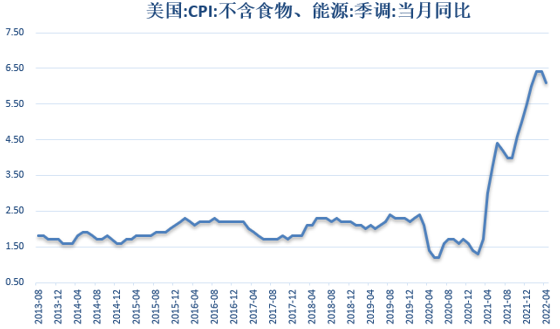
III. Fund position data
As of June 3, SPDR Gold Trust had a gold ETF position of 34,274,200 ounces, a weekly decrease of 121,200 ounces. Meanwhile, the position of Shares Silver Trust Silver ETF was 170.188 million ounces, a weekly decrease of 3.3916 million ounces.
According to the position data released by the Commodity Futures Trading Association (CFTC), the total position of COMEX Gold CFTC in the week ending May 31 was 513,722 lots, a decrease of 16,376 lots compared with the previous week.
Net long positions decreased by 11,780 lots, while net short positions increased by 2,959 lots. In terms of position structure, non-commercial long positions were 269,459 lots, a weekly decrease of 12,734 lots. Non-commercial short positions were 96,870 lots, a weekly decrease of 1,519 lots.
According to the position data released by the Commodity Futures Trading Association (CFTC), the total position of COMEX Silver CFTC in the week ending May 31 was 147,301 lots, an increase of 845 lots over the previous week. Net long positions decreased by 1,695 lots and net short positions decreased by 3,444 lots. In terms of position structure, non-commercial long positions were 55,545 lots, a weekly decrease of 3,203 lots. Non-commercial short positions were 41,548 lots, a weekly decrease of 3,097 lots.
IV. Future Prospects
Analysts of international derivatives think tanks believe that the current Russia-Ukraine problem has not been solved, the global energy crisis still exists, and oil price is still a major factor pushing up inflation in the future. In addition, the sensitivity of the market to geopolitical crisis also affects the trend of precious metals. At present, as the market fully digests the expectation of the Federal Reserve to raise interest rates, the price of gold may start to rebound. However, inflation will remain high in the future, and the hawkish position of the Federal Reserve will become more and more stable. The probability of upward support for the trend of US debt and US dollar is high, so it is difficult for gold prices to form unilateral upward movement, and the high probability is still dominated by range shocks. It is recommended to throw high and suck low in operation.
$NQmain(NQmain)$ $YMmain(YMmain)$ $ESmain(ESmain)$ $CLmain(CLmain)$ $GCmain(GCmain)$

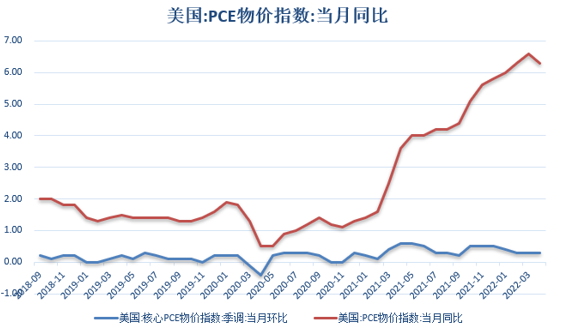
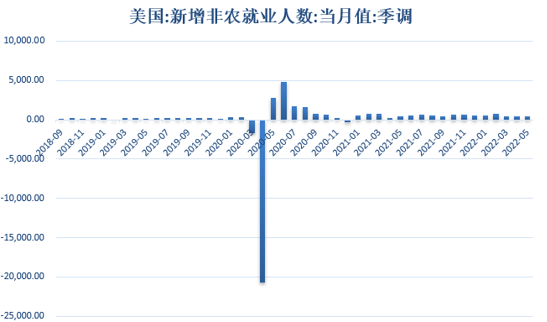
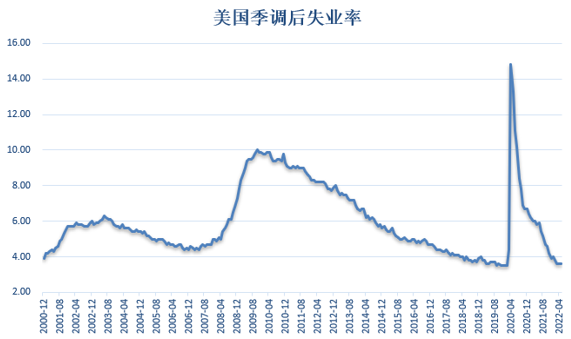
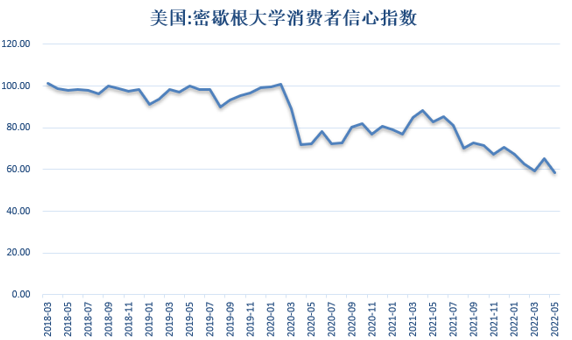
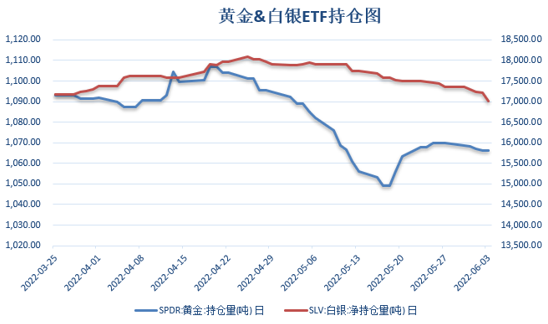
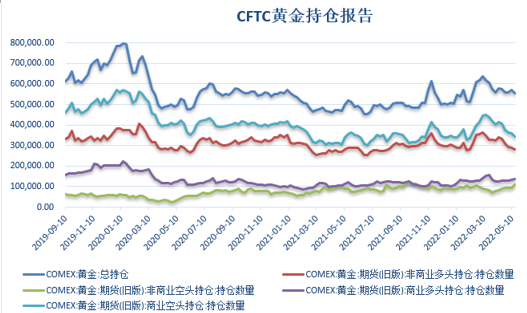

Comments